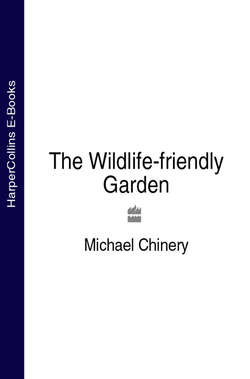Читать книгу The Wildlife-friendly Garden - Michael Chinery - Страница 5
ОглавлениеPART ONE
The Garden Habitat
All over the world, forests are being felled, wetlands are being drained, and heaths and grasslands are being ploughed up to make way for crops and houses. However, while these natural or semi-natural habitats are shrinking in the face of the increasing human population, one habitat – the garden – is increasing, and I think it is no exaggeration to say that today’s gardens are our most important nature reserves.
Gardens cover almost a million hectares of the United Kingdom alone, and it is this enormous extent, as well as their great variety, that makes them such valuable wildlife refuges. In some areas, gardens are undoubtedly more important for wildlife than the surrounding ‘countryside’, with its pesticide-drenched monocultures. This is true even where the gardener does nothing in particular to encourage visitors: the wide range of plants cultivated in a typical garden is itself enough to attract lots of insects, and the insects bring in the birds.
Wildlife gardening aims to increase the number of native species visiting and residing in the garden, but it need not entail any loss of productivity. By being more laid-back and a little less tidy, you can have a garden buzzing with wildlife and filled with tasty crops and fine flowers. Your guests will actually do much of the pest control for you – free of charge!
